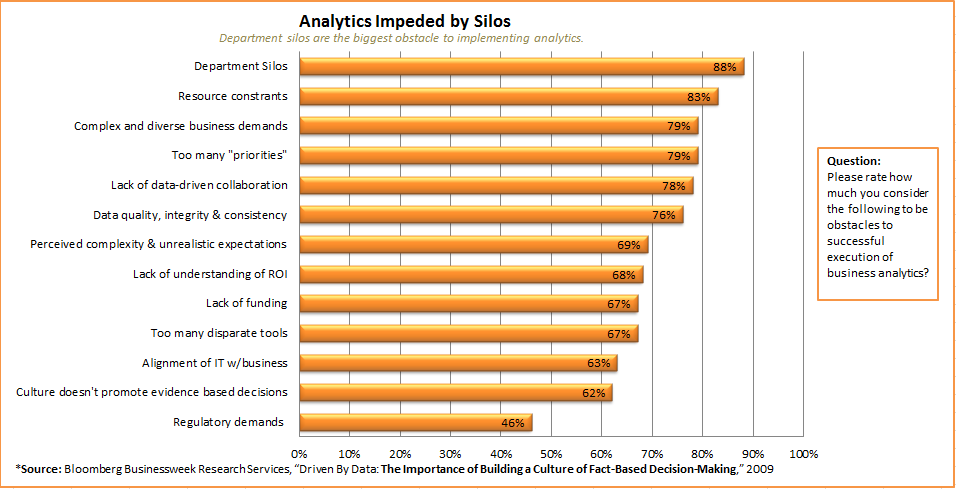New Ways to Drive Top-Line Growth
How IT Can Drive Top-Line Growth
By Joe Mullich
As the world emerges from 24 months of economic turmoil, "companies are looking for technology, innovation, and reinvention of their business models," says Kevin Turner, Chief Operating Office at Microsoft. In his position, Turner is responsible for the strategic and operational leadership of the company's worldwide sales, marketing, and services organization. He leads a global organization of over 43,000 employees, including field sales and marketing professionals who delivered over US$62 billion in revenue during fiscal 2010.
Turner has this message for technology leaders who want to improve their standing in their organizations: "This is a great opportunity to step out in front and lead and become 'the Chief Innovation Officer' instead of the 'Chief Information Officer.' "
This "unique window of time," he says, presents CIOs with the chance to solve hard business problems by shifting their focus from information technology (IT) to business technology (BT), which defines technology in terms of its ultimate business value. "They can get ahead and become one of the most important, if not the most important, persons below the CEO at any company," Turner says.
George Colony, CEO at Forrester Research, a leading technology and business analysis firm, also advocates CIOs rethinking their role to focus on business technology. Thinking in terms of BT rather than IT allows CIOs to demonstrate that they no longer "spoke a different language or saw the world through a different lens" than CEOs, Colony noted in a blog on the Businessweek Web site in 2009.
"It's a not-too-subtle way for the CIO to say, 'Hey, I'm no longer the insular geek you've come to know and love through the years-my team and I are about making money, not just tech,'" Colony wrote.
This shift in attitude also will focus CIOs on the same issues that are uppermost in the minds of CEOs. As Colony put it, "CEOs think incessantly about only two things: 1) higher revenue, and 2) increasing profits. That's it. All of the rhetoric about productivity or efficiency or corporate responsibility can be directly linked to these two goals. So the next time you have to present to the CEO, remember to connect your tech project or your new product idea or your reorganization plan to revenue and profit increases. That's when the CEO's brain will light up and you'll be speaking his or her simple language."
To accomplish this goal, Microsoft's Turner says that CIOs need to lead the charge in implementing business intelligence (BI) projects that promote top-line growth.
Currently, most companies remain mired in too much data that is used for too limited purposes. In a 2009 survey by Bloomberg Businessweek Research Services, two in five C-level executives indicated that their organizations were not deriving enough value from the information they collect. The survey showed that 30 percent of organizations used dedicated data analysis only within business units, 27 percent applied analytics to only specific functions and initiatives, 9 percent used analytics to isolate specific issues, and 10 percent did not conduct data analysis at all.
Turner says information overload is a consequence of past systems being built to only create information and provide some level of transparency. "Some companies took that to the next level with exception reporting," he says. "It's hard for data to turn into information, the information to turn into decisions, and the decisions to turn into action."
Scorecards and dashboards are useful vehicles to access data and drive behavior in an organization, Turner says. It is the job of business technology to make this data more than a rear-view mirror of prior actions. He says world-class companies have evolved their information and business process models to provide some form of predictive simulations. This evolution allows them to combine past trends with input from other sources. As a result, these companies can synthesize their data to better govern their businesses over a short-term time horizon where they can convert insight into profitable action.
Turner recalls how Wal-Mart, where he worked several years ago, used this approach to react to customers' needs when an area was about to be struck by hurricanes. The company used weather pattern information to predict when hurricanes would occur and combined it with sales information from previous hurricane seasons to choose stock that customers would want.
"Sleeping pills, beer, and diapers-those are the three big things people bought before a hurricane," he says. "They also bought flashlights and batteries. They hoarded those items, and we never had enough."
By using prediction simulation, which observed wind and water patterns to forecast hurricanes, Wal-Mart was able to have its supply chain react accordingly to ensure the right amount of products were in the right area just in time. "This brought more sales, revenues, and higher customer satisfaction, because we had what people wanted when they came into the store," Turner says.
For CIOs to take an important place in the boardroom, they need to focus on projects like this, where the "information" aspects of technology take a backseat to the "business" aspects of technology. "When you move from exception management to predictive management," Turner says, "you can eliminate the exception-that's the real magic."
For more information about Kevin Turner's experience using business intelligence and analytics to increase revenues, watch this video:
[view:https://www.youtube.com/watch?v=SJo0tkM-Tes]
![]() Click hereTo stay up-to-date with the latest conversations around data and analytics as a member of the BITV Linkedin Group.
Click hereTo stay up-to-date with the latest conversations around data and analytics as a member of the BITV Linkedin Group.
 Click hereTo answer the latest BI TV Poll "Which One of the Following Describes Your Companies Use of Analytics?
Click hereTo answer the latest BI TV Poll "Which One of the Following Describes Your Companies Use of Analytics?
